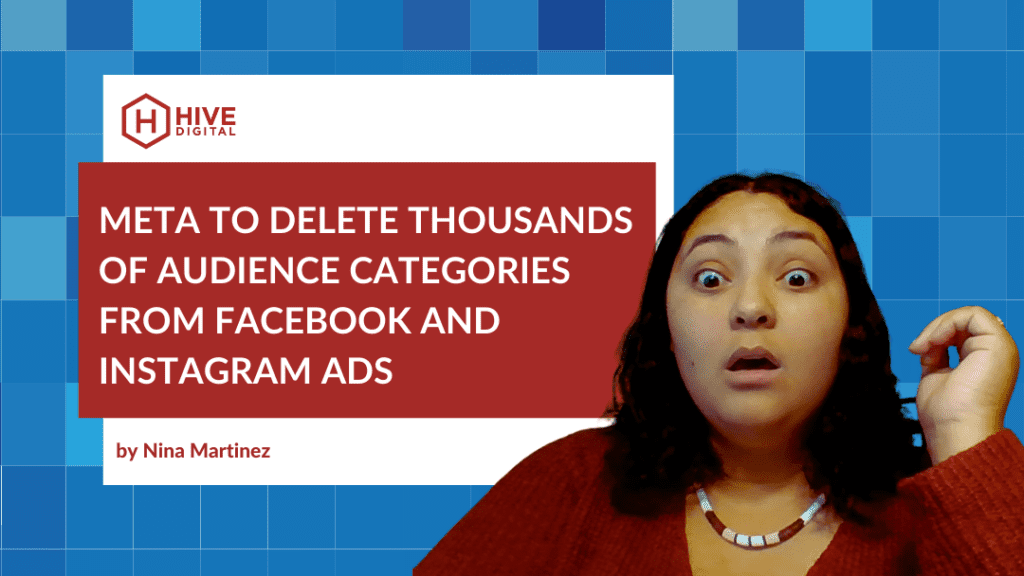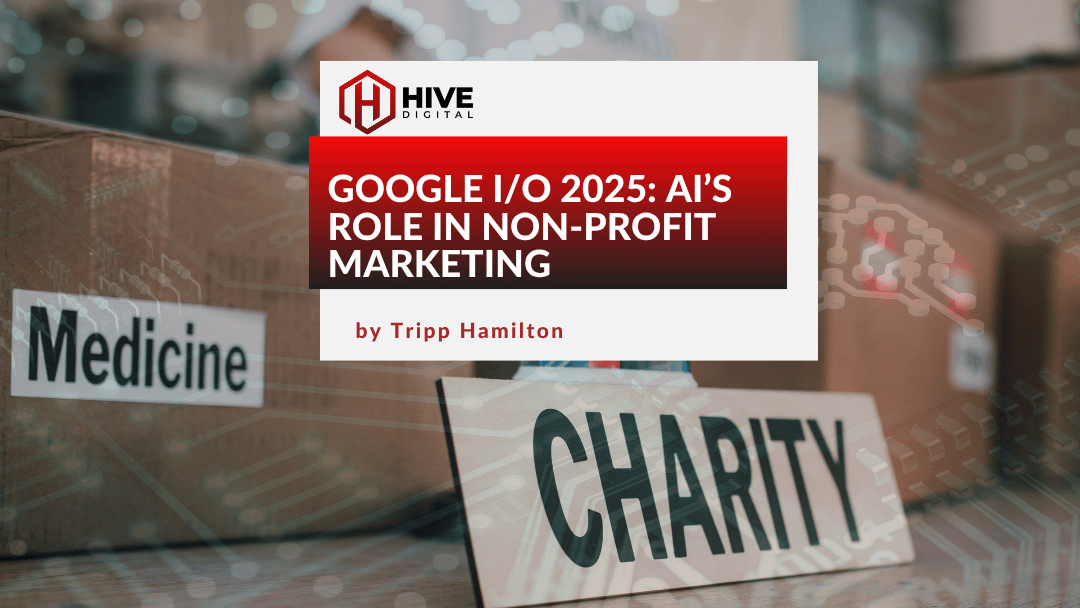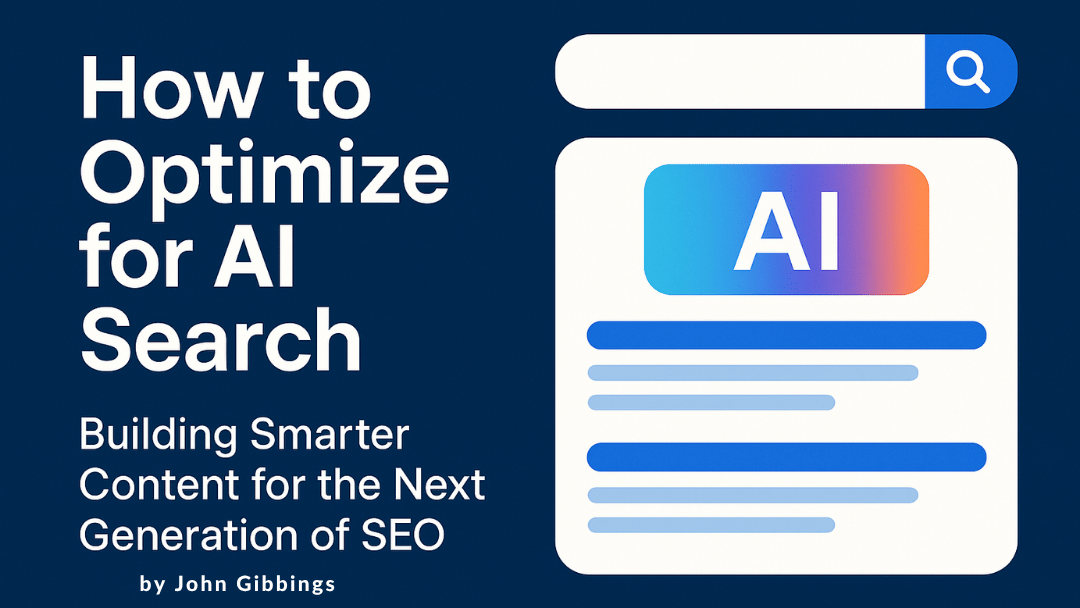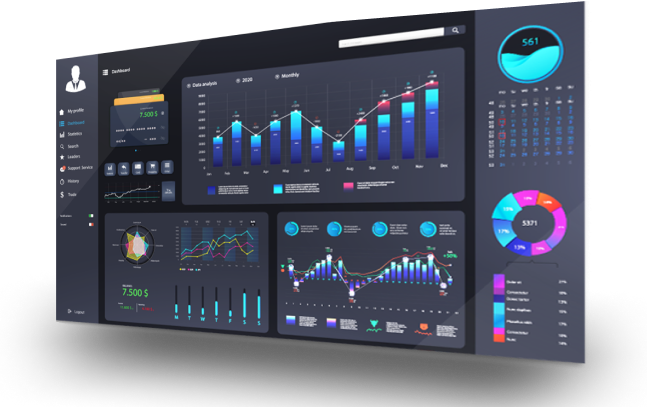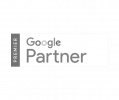In a move newly announced in their Meta for Business blog post, the parent company of Facebook and Instagram shared their intent to remove thousands of ‘sensitive’ categories from their ad platforms’ targeting options. Changes will apply to all apps owned by Meta—including Facebook, Instagram, Messenger, and Facebook’s Audience Network.
Why is Meta Deleting Audience Categories?
The ban on these categories is planned to start January 19th, 2022, and is designed to both mitigate manipulation by advertisers on their platform and to prevent advertisers from abusing targeting options in ways that either exclude and/or create negative experiences for people in underrepresented groups. Meta cites feedback from civil rights experts, policymakers, and other stakeholders as the influencers for what they call a “difficult decision.”
The detailed targeting options planned for elimination include topics that reference causes, organizations, and/or public figures that relate to the following:
- Health
- Race or ethnicity
- Political affiliation
- Religion
- Sexual orientation
Examples direct from their post include the following:
- Health causes (e.g. “Lung cancer awareness”, “World Diabetes Day”, “Chemotherapy”)
- Sexual orientation (e.g. “same-sex marriage” and “LGBT culture”)
- Religious practices and groups (e.g. “Catholic Church” and “Jewish holidays”)
- Political beliefs, social issues, causes, organizations, and figures
Meta’s post also makes clear that the targeting options being removed are not based on people’s physical characteristics or personal attributes; rather, the options being removed are based on people’s interactions with content on their platforms.
How are Advertisers Reacting to Meta’s Ban on Sensitive Audience Targets?
Reception of the news has been mixed at best. While many may be inclined to applaud Meta’s changes, others who rely on the to-be-banned targeting options have valid concerns. Advocacy cause organizations, small businesses, cultural awareness brands, and similar advertisers rely on many of the topics and interests planned for removal, using them to tailor ads in such a way that they can more efficiently connect with their audiences. The removal of these targeting options will potentially impact the performance of their advertising efforts—and the probable impact can include issues like lower relevancy scores, increased costs, lower engagement, and less conversion activity (e.g. fewer sales, subscriptions, followers, etc.).
Meta’s vice president of product marketing, Graham Mudd, notes that Meta understands “this change may negatively impact some businesses and organizations.” In his post, he states “this was not a simple choice and required a balance of competing interests where there was advocacy in both directions. We feel confident that we can evolve our ads system to meet the needs of everyone we serve while working diligently to continue supporting one of the best things about our platforms—helping people connect with and discover the businesses and organizations they care about.” Double-downing on the message, he continues with “we remain committed to helping small businesses, non-profits, and advocacy groups reach their audiences.”
So How Can Advertisers Prepare for These Changes?
With the coming changes, preparation and agility are key to survival for advertisers. This isn’t the first set of massive targeting changes to impact these channels (cue both 2018’s sweeping changes to targeting options and advertiser requirements, and the relatively recent impact of iOS14 updates)—and it likely won’t be the last. While the news can be jarring at first, we recommend keeping calm and exploring the following tactics which have proven to be valuable for many advertisers:
- Leverage your Engagement Custom Audiences to connect with users who have previously liked your page, watched your videos, or have otherwise shown direct interest in your cause or offering from their News Feed.
- Create Website Custom Audiences that are designed to target users who have already engaged with your website or products.
- Implement Customer List Custom Audiences, which are crafted from uploaded customer data (for which Meta requires consent from your customers).
- Use Engagement Custom Audiences, Website Custom Audiences, and/or Customer List Custom Audiences to build Lookalike Audiences, which are composed of users with similar characteristics to your existing customers (sharing similarities with respect to demographics, interests, and behaviors).
- Ensure proper Location Targeting—especially if your efforts are centered on a brick and mortar store, are limited to users within a given radius, and/or are impacted by shipping restrictions.
- Double-check all ad account settings to ensure they are still applicable.
- Keep an eye out for changes and updates to advertising features, capabilities, and ad formats; and leverage them if and when appropriate.
Our Thoughts Wrapped Up
With the removal of these targeting capabilities coming soon, it’s become increasingly important to collect any relevant data across channels, platforms, and tools prior to the January 19th deadline—enabling opportunities to build seed audiences that can better inform lookalike audiences and/or new approaches to targeting. The steps to accomplish these tasks are not always straightforward, but well worth it. Should you require assistance, our team is only a message away 🙂

